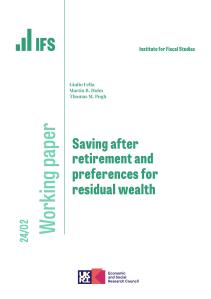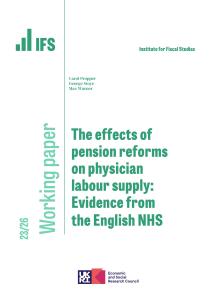Using a lifecycle model of consumption, saving and portfolio choice combined with linked survey and administrative data on wealth and lifetime earnings we evaluate measures of retirement preparedness. We estimate heterogeneous discount factors for households and compare these estimates of their patience to their replacement rates—the simple measure often used to evaluate the adequacy of retirement savings. We find first that the specification of the model's asset structure matters quantitatively for preference parameter estimates—households appear to be much more patient when they are assumed to have access only to a risk‐free asset compared to when we account for the fact that much of their wealth is stored in higher‐return tax‐advantaged private pensions and in housing. Second, we find that only the most patient households achieve the replacement rates out of final earnings that are often recommended by policymakers and industry as sensible benchmarks for retirement preparedness. Notwithstanding this, we find that even quite impatient households in the population we study achieve high replacement rates out of lifetime average income—a more sensible summary measure of preparedness for retirement.








